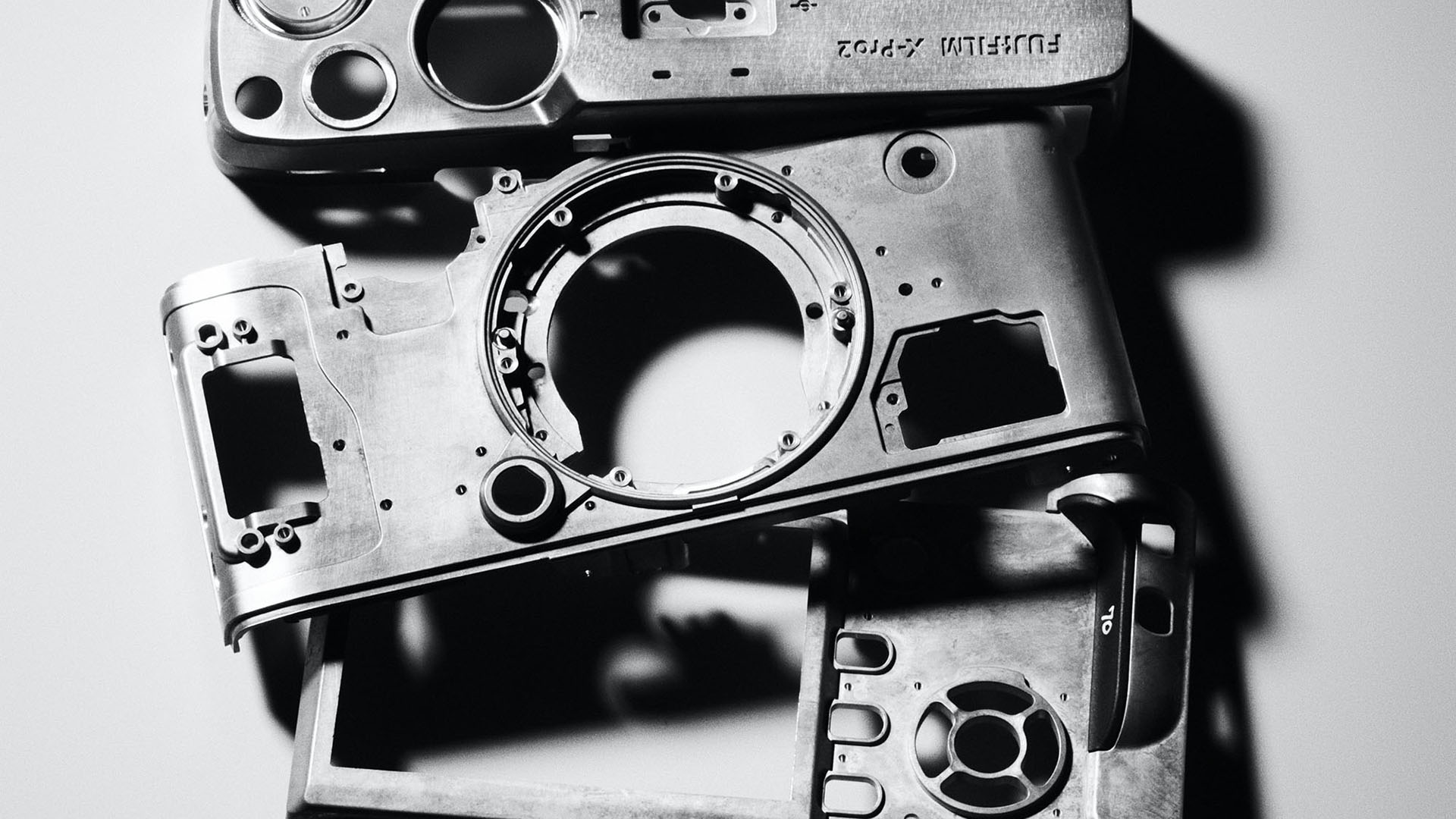
The Fujifilm X-Pro1 was one of the most respected cameras in recent history that arguably helped kick off retro trend in today's camera world. It encapsulated the love of film with a familiar rangefinder-styled body and analog dials. From an image quality standpoint, the mirrorless camera also boasted incredible color rendition and film simulations that emulated the Japanese camera company's rich history in the analog format.
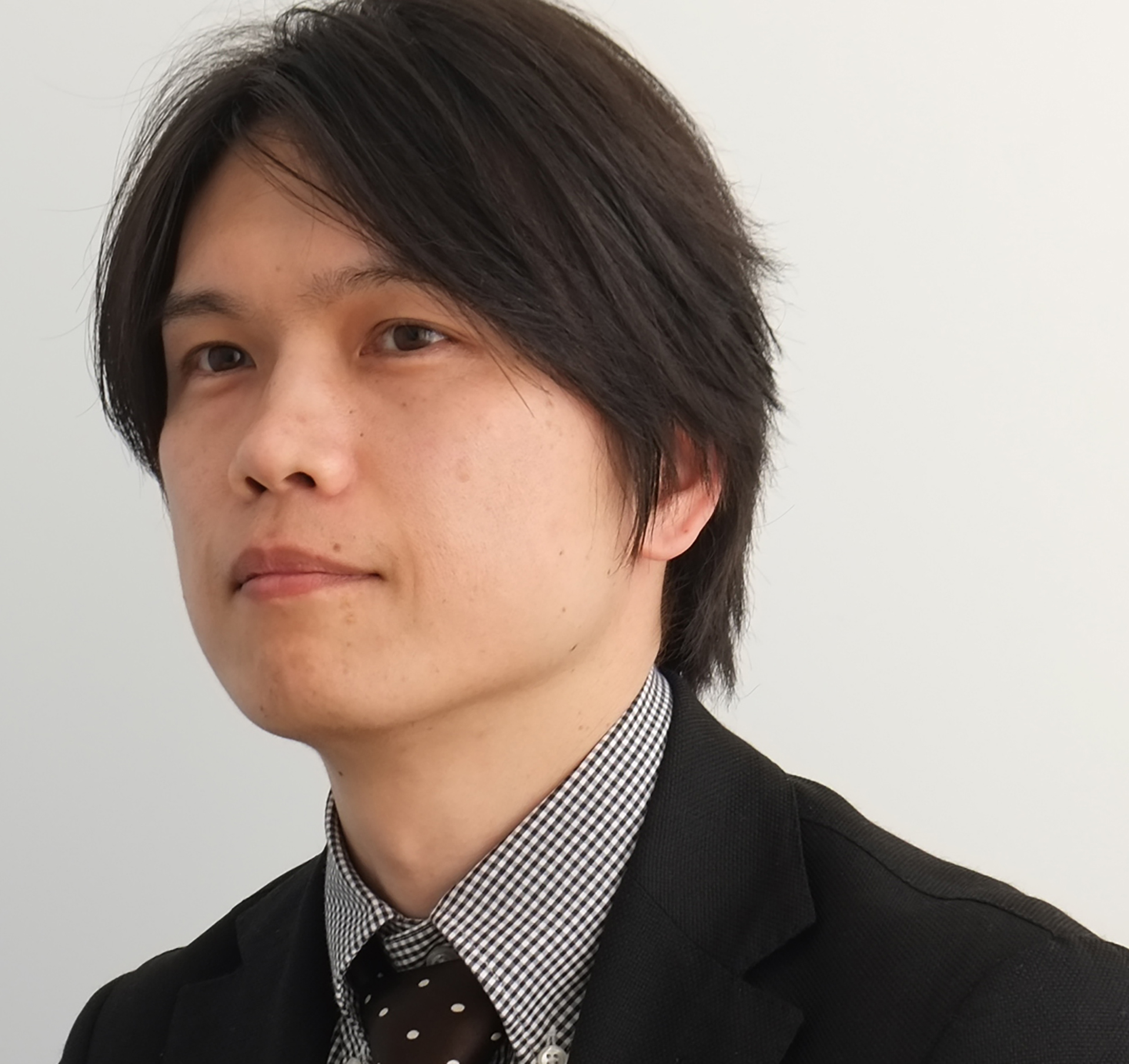
Now, four years later, Fujifilm faces the challenge of following up its celebrated debut mirrorless camera with another hit. In an interview with techradar, Jun Sato, manager of Fujifilm's design center, says one of the biggest focuses of the Fujifilm X-Pro2 was making it comfortable and reliable to use.
"For the new X-Pro2, we wanted to design a camera that performs flawlessly for Street Photography, Documentary and Reportage," Sato says.
The specs of the camera really tell this story – the X-Pro2 is the most responsive camera Fujifilm has ever made. It features a new 24MP X-Trans CMOS III sensor with a boosted ISO range, a predictive AF system equipped with phase detection, and a mechanical shutter can shoot up to 1/8000 of a second.
But beyond new specs, Sato believes that the "X-Pro2 should be a part of a photographer's body in a sense."
"We continuously discussed the feeling of the design, grip and each dial and ring," he continued.
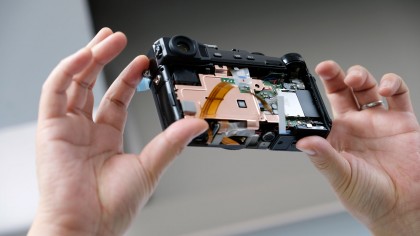
Building on a legacy
At first blush, the body of the X-Pro 2 looks like the spitting image of its predecessor; however, that wasn't always the case. When Fujifilm began the X-Pro2 project, it assigned four designers to consider the X-Pro2 design.
Get daily insight, inspiration and deals in your inbox
Sign up for breaking news, reviews, opinion, top tech deals, and more.
"While we were discussing the product design concept, there was a challenge to strike a balance between the specification and the style of X-Pro2," Sato points out. "For instance, the X-Pro2 [uses]a weather sealed body, and originally we considered if we should make the body design look more rugged."
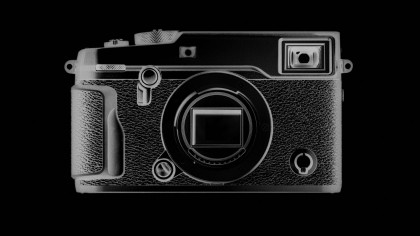
The team considered multiple camera body candidates. While each designer provided their ideas and mock-ups, the design team also listened to the opinion from product planners, as well as input from professional photographers.
Eventually though, the team decided it was best to stay true to the silhouette and analog-inspired dials of the original X-Pro1.
"We thought the tougher design might sacrifice the heritage of X-Pro1, so we finally designed as it is now – simple, classic and approachable," he says.
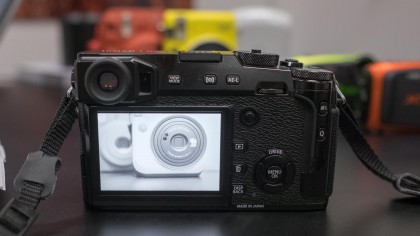
More than meets the eye
Though the X-Pro2 looks very similar, in reality many of the camera's smaller parts have changed. For starters the front and rear grip are larger, allowing photographers to more easily hold the camera one-handed.
For the most part, Sato says his team focused on improving the operability of the camera by moving all of the buttons on the rear to the right of the screen for easier one handed operation. Of course, there were some new elements including an added joystick that photographers can use to adjust the focusing point.
"For the Joystick, we continued to discuss its shape, size and texture in order for photographers to operate it smoothly," Sato expounds. "For instance, there was one candidate for the shape of joystick [that resembled] a mushroom, but we finally decided that the current design offered better intuitive operability and feel."
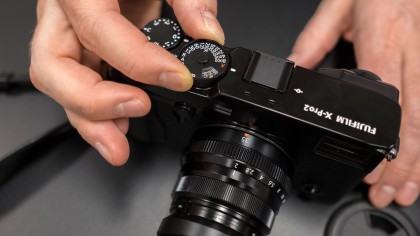
Another new, film-inspired upgrade, was the ISO dial integrated into the shutter speed dial. Like an old-school film camera, you can pull up and rotate the outer ring on the shutter speed dial to adjust the sensitivity of the sensor.
"Adding the joystick and ISO dial are meant to make the overall operation easier with direct access to different settings," Sato says. "For us, the camera is a tool to capture images and we're always thinking: 'How can we improve that experience?'"
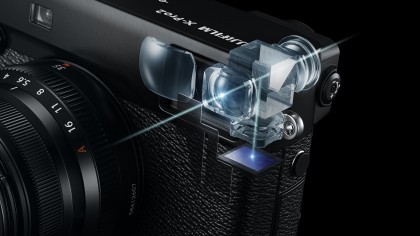
Optical vs virtual
The newly added ISO dial isn't the Fujifilm X-Pro2's only homage to film cameras. The optical viewfinder makes its return and Sato explains one of the biggest challenges was actually keeping it relevant.
"EVF technology has advanced so much that it has caught up in terms of practical use, and can sometimes surpass an OVF," he says.
With this in mind, the Fujifilm team moved to add a miniature electronic screen into the corner of the OVF, which allows shooters to frame and precisely focus on a subject. It's a feature previously seen on the Fujifilm X100T, but only as a partially magnified view.
The X-Pro2, on the other hand, offers the first Hybrid Multi Viewfinder that displays the the entire frame. According to Sato, this type of solution will allow photographers to see the exact frame they're are capturing, while being able to follow the subject through the OVF.
"In order to add these functions into the similar size of the X-Pro1, we improved the optical design and added an aspherical lens," Sato says.
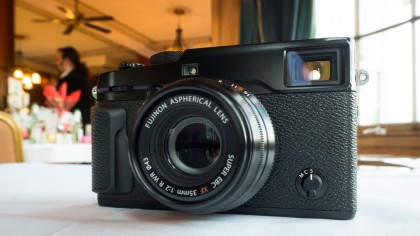
Cameras a century from now
When asked whether or not camera will change significantly in the future, Sato says Fujifilm does not have designs to drastically move away from its current course. Based on the technology available in the market, Sato firmly believes there are two types of camera bodies, rangefinder and SLR, that make sense depending on the shooting styles and choice of lenses.
"Since the shape of our hands have not changed and with the consideration of the history of the camera, the basic camera design/style and shape is not likely going to change dramatically," Sato says.
"If the shape of cameras does change, it might be the time or the way [in which] people use photography creatively and practically."
- Here are the best mirrorless cameras of 2016
Kevin Lee was a former computing reporter at TechRadar. Kevin is now the SEO Updates Editor at IGN based in New York. He handles all of the best of tech buying guides while also dipping his hand in the entertainment and games evergreen content. Kevin has over eight years of experience in the tech and games publications with previous bylines at Polygon, PC World, and more. Outside of work, Kevin is major movie buff of cult and bad films. He also regularly plays flight & space sim and racing games. IRL he's a fan of archery, axe throwing, and board games.
